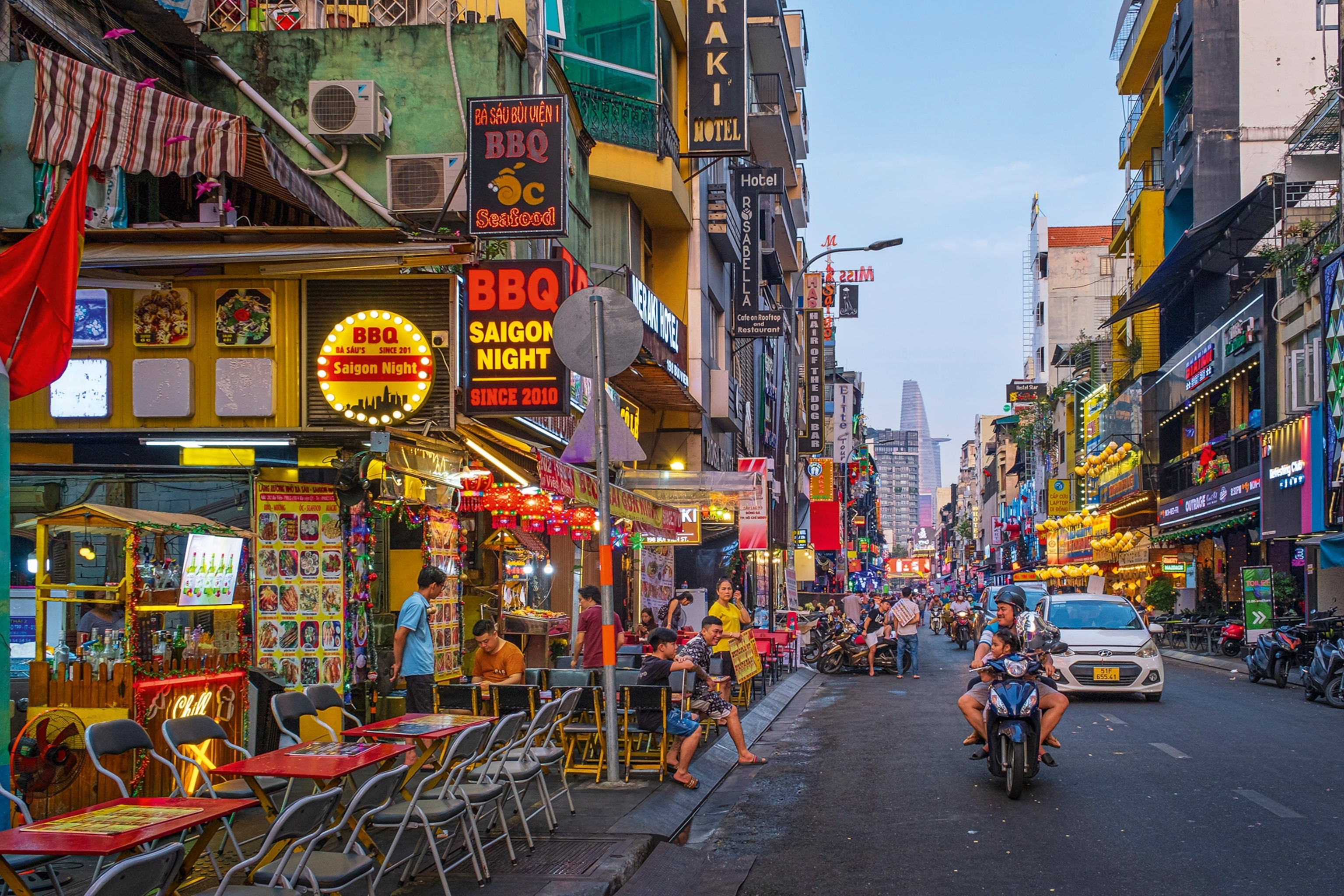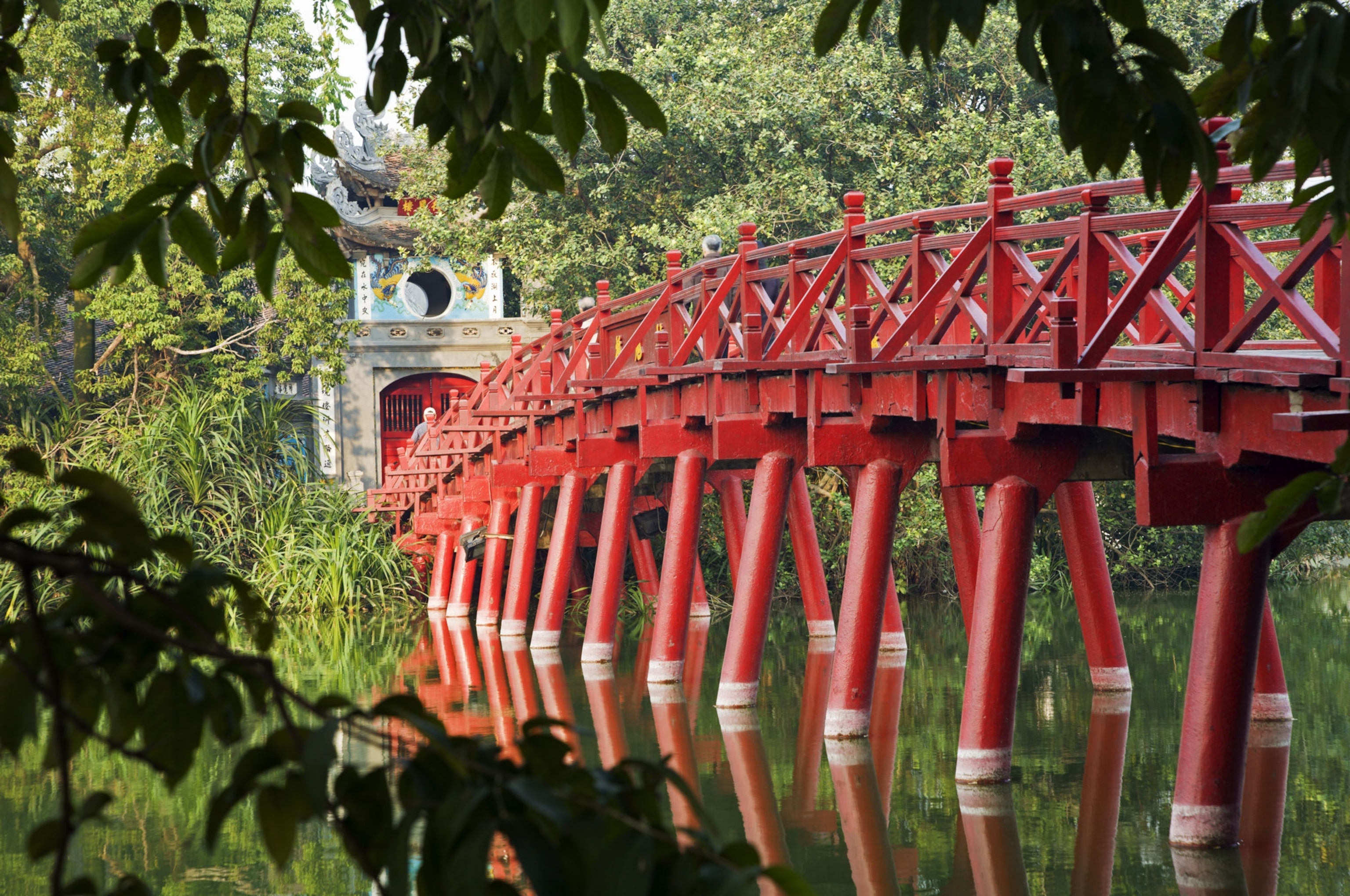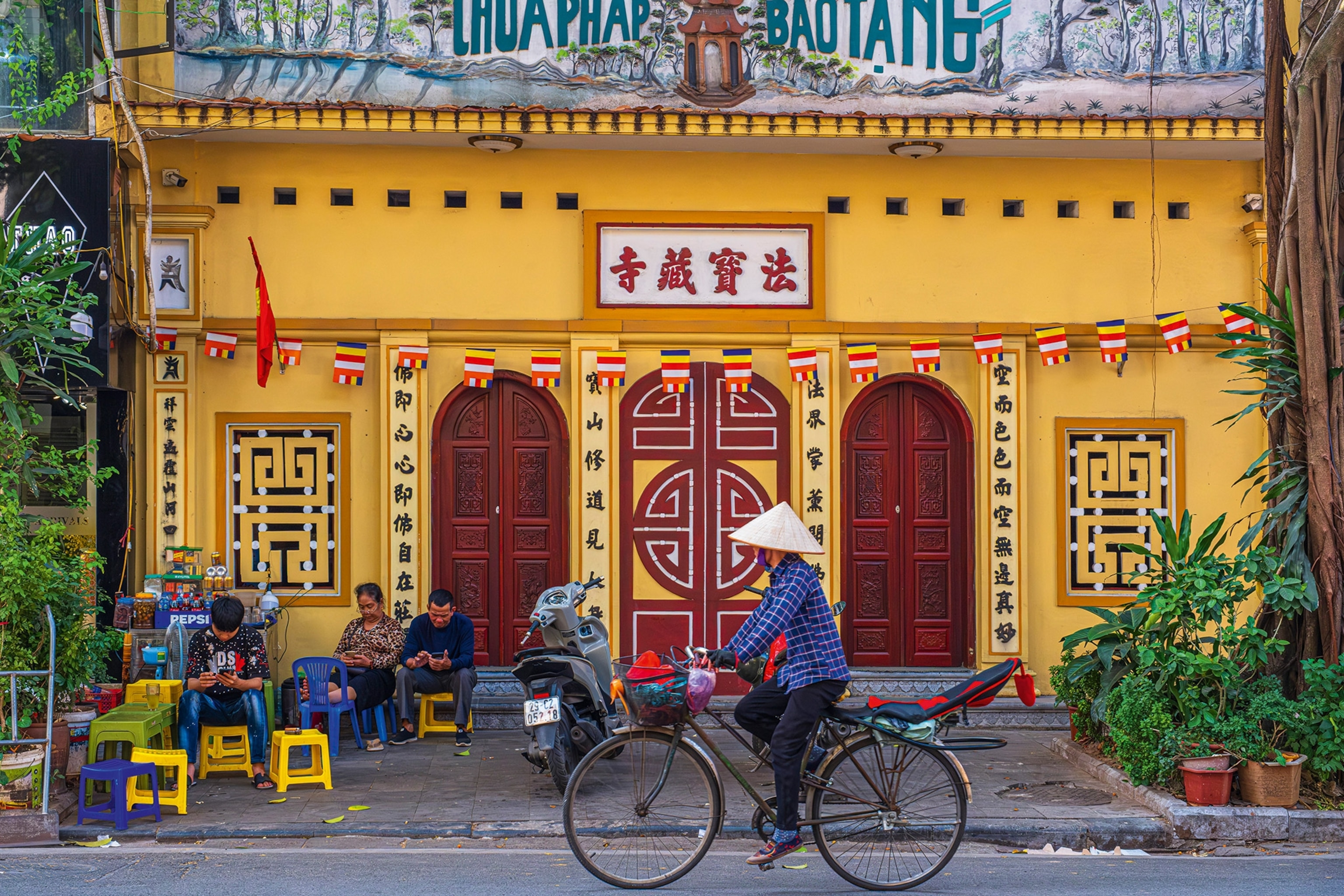Vietnam’s two major cities offer strikingly different experiences. Hanoi, the northern capital, is steeped in history, culture, and tradition—marked by colonial streets, temples, and lakes. Ho Chi Minh City, in contrast, pulses with modern energy, cosmopolitan flair, and dynamic culinary and nightlife scenes. Choosing between them depends largely on whether you seek heritage and tranquility or vibrancy and variety.
Culture and heritage: a northern capital versus a southern powerhouse
Hanoi has been Vietnam’s capital for over a thousand years and serves as the nation’s cultural and political heart. Landmarks such as the Ho Chi Minh Mausoleum, Temple of Literature, and Imperial Citadel reflect deep historical layers. Its Old Quarter offers narrow alleys, lakeside elegance, and signature street food like pho and bun cha.

Ho Chi Minh City, once Saigon, embodies Vietnam’s economic momentum and southern cosmopolitanism. Its skyline is punctuated by modern skyscrapers like Landmark 81, while historic sites such as the War Remnants Museum and Reunification Palace reveal different historical chapters. Chinatown and French-colonial boulevards coexist alongside rooftop bars and bustling markets.
Gastronomy and nightlife: refined breakfast culture versus bold street food
Hanoi’s culinary traditions emphasize purity and legacy. Its minimal yet refined food scene includes legendary breakfast pho spots, local bun oc, bánh gối, and cha ca—all served amid timeless cafes. The city’s slower pace invites longer meals and leisurely lakeside evenings.

Ho Chi Minh City celebrates bold flavor and innovation in its evolving culinary landscape. From street-side banh mi and com tam to Michelin-standard tasting menus in modern venues, the city showcases creativity rooted in diverse influences. Nightlife is vibrant, with rooftop lounges, live music, and late-night bars reflecting its dynamic energy.
Urban rhythm and mobility: walkers preferred or scooters ruled
Hanoi’s flat layout, pedestrian-friendly lanes, and growing metro system make it ideal for walking tours. Its network of lakes—like Hoan Kiem and West Lake—offers scenic respite. Streets are calmer and easier to navigate with less aggressive traffic enforcement.

In Ho Chi Minh City, motorbikes dominate. Bustling neighborhoods like Districts 1 and 3 buzz with scooters, traffic lights, and crowds. The city has recently launched a metro, but street navigation still relies on taxis, ride-sharing, or confident scooter riders. It’s fast-paced, vibrant, and always in motion.
Best times and practical tips for travel
The best season to visit Hanoi is autumn—late September to November—when temperatures are moderate and skies are clearer. Ho Chi Minh City, with its tropical climate, is most enjoyable during the dry season from November to April. In February, the north averages around 22 °C, while the south often climbs above 30 °C.

Both cities are generally safe, though Ho Chi Minh City sees slightly more petty crime in crowded district zones. Hanoi’s quieter neighborhoods offer a more relaxed environment. While Hanoi caters to cultural discovery and walking tours, Ho Chi Minh excels in nightlife and gastronomic exploration.
Choose based on your travel style
Hanoi and Ho Chi Minh City each tell different stories of Vietnam. Choose Hanoi if you crave tradition, history, tranquility, and cultural depth. Choose Ho Chi Minh City if you yearn for dynamic energy, modern city life, world-class dining, and culinary innovation. Many travelers visit both to experience the rich contrast—don’t hesitate to explore both at your own pace.




